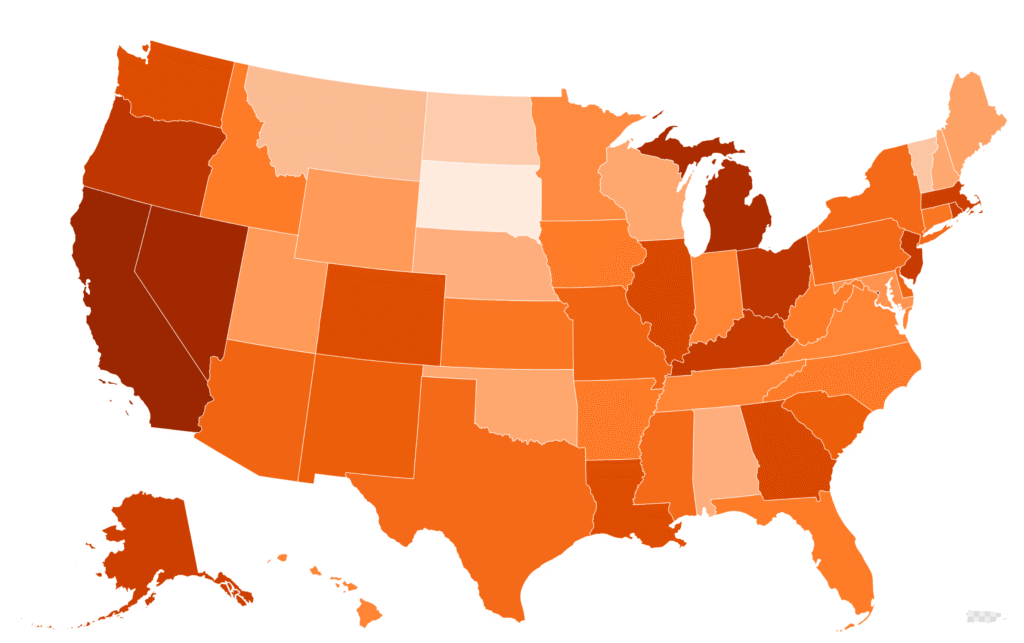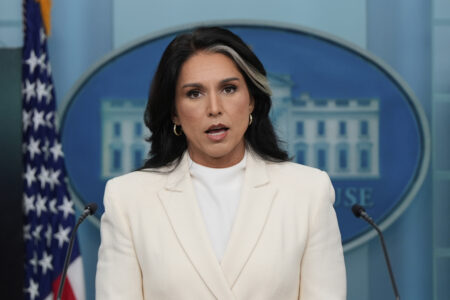The unemployment rate in the District of Columbia was the worst in the United States for the third consecutive month in July at six percent, according to data from the Bureau of Labor Statistics (BLS).
The findings, released on Tuesday, also revealed that South Dakota had the lowest rate at 1.9 percent.
Why It Matters
The unemployment rate, and the labor market more broadly, have been key issues for lawmakers this year. Experts believe that any signs of weakness — such as those revealed in last month’s non-farm payrolls report — could force the Federal Reserve out of its cautious monetary stance and prompt its first interest rate cut since December.
What To Know
The BLS data revealed that the unemployment rate remained largely flat for a majority of states last month, with only three changing since June.
Alabama and Colorado saw their unemployment rates decrease by 0.2 percent in July compared to June, while California was the only state to clock an increase by 0.1 points.
A total of 21 states had an unemployment rate lower than the national average of 4.2 percent, while the remainder were either above or “not appreciably different” from this rate.
The states with unemployment rates well above the national average included the District of Columbia at six percent, California at 5.5 percent, Michigan at 5.3 percent, Nevada at 5.4 percent, and Oregon and Ohio at five percent.
D.C. is home to most of the nation’s government agencies and a great deal of its federal workers. Outplacement firm Challenger, Gray & Christmas estimates that government agencies have announced nearly 300,000 job cuts this year, more than any other sector, and largely attributed this to the actions of the Department of Government Efficiency (DOGE).
Meanwhile, the states that saw the greatest increase in their unemployment rates over the past year were Mississippi, which climbed to four percent from 3.1 percent; Oregon, which rose to five percent from 4.2 percent; and Virginia, which climbed to 3.6 percent from 2.8 percent.
What People Are Saying
Joe Galvin, chief research officer at executive coaching agency Vistage, told Newsweek last month: “Many CEOs are holding back on workforce expansion and investment plans amid concerns about rising costs and the evolving impact of AI on productivity. In fact, for the first time in many years, they are starting to consider reducing their workforce.”
Moody’s chief economist Mark Zandi, in a recent article for The Washington Post, wrote: “At just over four percent, unemployment remains low, and it has edged only a bit higher since the start of the year. Taken at face value, the economy is doing just fine.
“But it’s not. If the labor force had increased this year at the pace it did last year, the unemployment rate would be headed toward five percent. Of course, low unemployment is great, but only if it is due to lots of new jobs, not an evaporating labor force.”
What Happens Next
According to the Federal Reserve Bank of Philadelphia’s most recent projections, the nationwide unemployment rate is expected to rise to 4.5 percent in 2026, before dropping to 4.4 percent in 2027 and 4.3 percent in 2028.
Experts believe the health of the U.S. jobs market will be a key factor in determining whether the Federal Reserve decides to cut rates.
Read the full article here

















